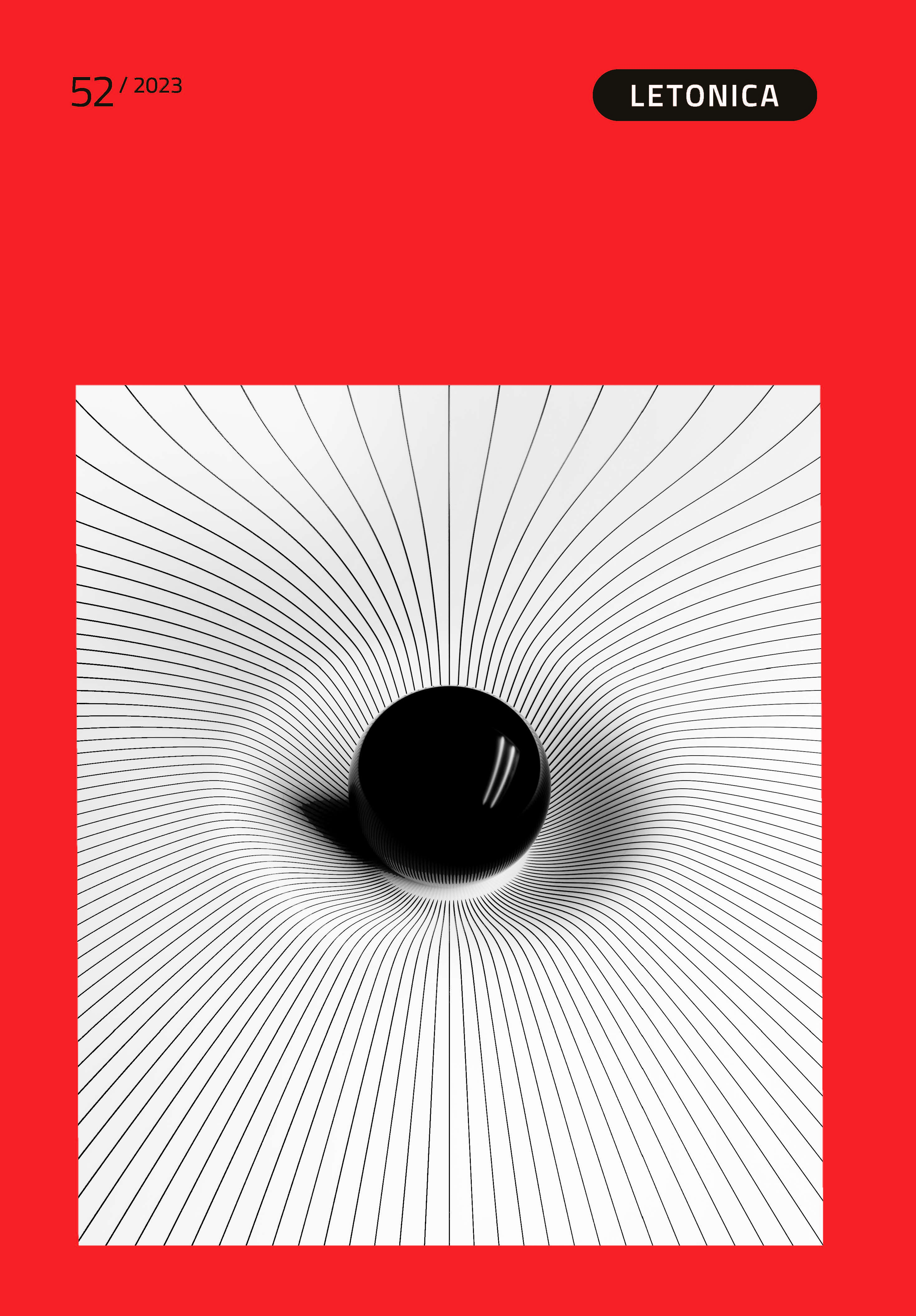Visual Metaphors in Latvian Theater in the 1970s–1980s and their Contemporary Context
Visual Metaphors in Latvian Theater in the 1970s–1980s and their Contemporary Context
Author(s): Edīte TišheizereSubject(s): Theatre, Dance, Performing Arts, Cultural history, Post-War period (1950 - 1989), History of Communism, Sociology of Art, History of Art
Published by: Latvijas Universitātes Literatūras, folkloras un mākslas institūts
Keywords: Stagnation; dynamic scenography; performative turn; postdramatic theater;
Summary/Abstract: The period of the so-called Stagnation (1970s–1980s) in the history of the USSR was a productive time for art in some ways: the momentum of the Khrushchev’s Thaw continued, resulting in a shaky ideological framework containing artists that had learned to either violate, ignore, or only verbally support the canons of socialist realism. In the socialist areas of Eastern and Central Europe, art had become a kind of “resistance movement”, with subtle subtext used to express rebellion against the political and social setting. One of the key fields of this “resistance” was theater, where visual metaphors became an especially important means of expression. In many cases, the audience was able to perceive a narrative containing a vastly different message than the one in the literary text of the production. Scenography gained a special significance as the main provider of such visual metaphors. Looking back, certain parallels can be drawn between theater phenomena of that era in Soviet states and in the West. These parallels are further drawn by comparing Soviet era research concepts with Western theories in theater.
Journal: Letonica
- Issue Year: 2023
- Issue No: 52
- Page Range: 33-46
- Page Count: 15
- Language: English

